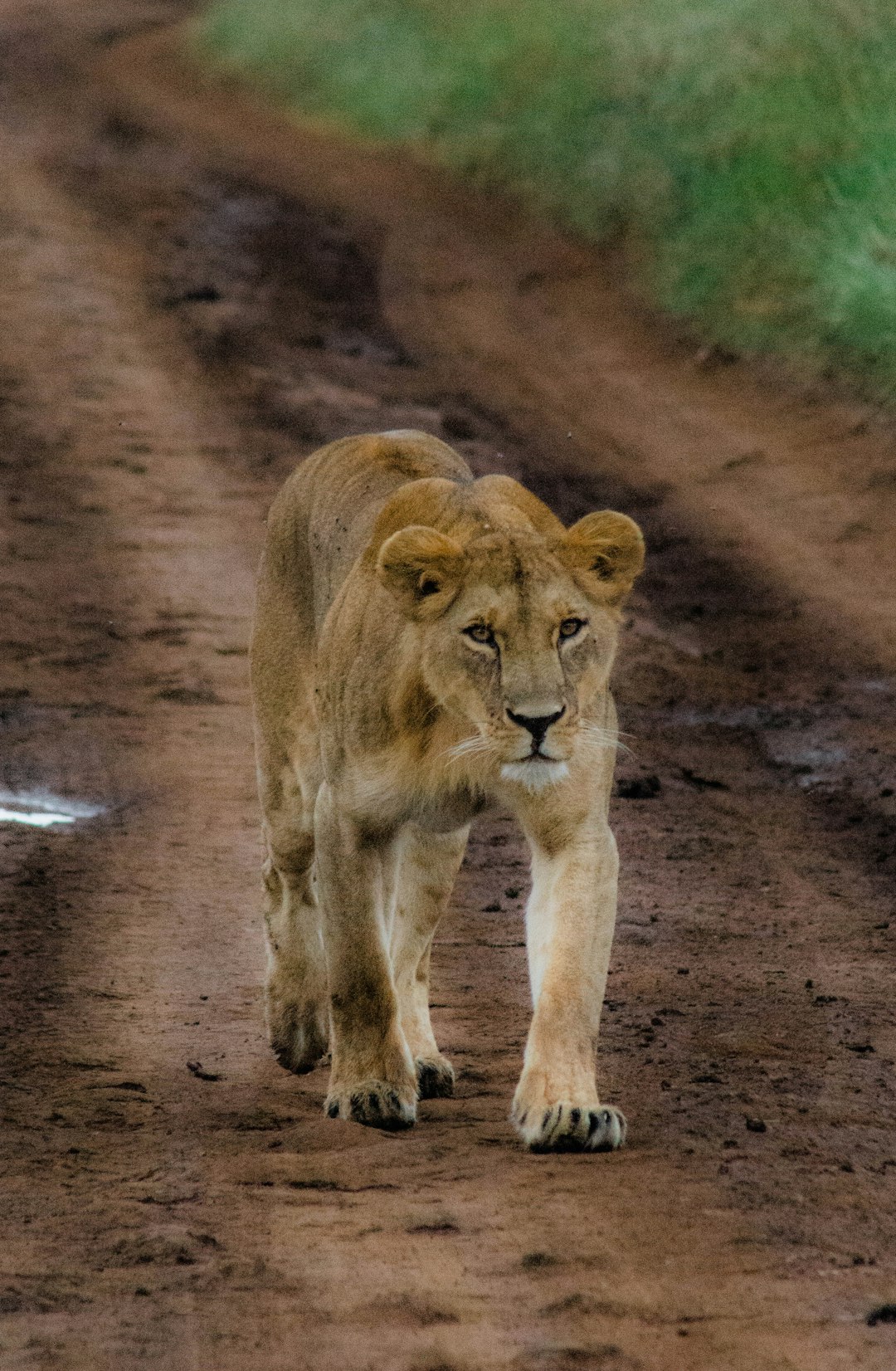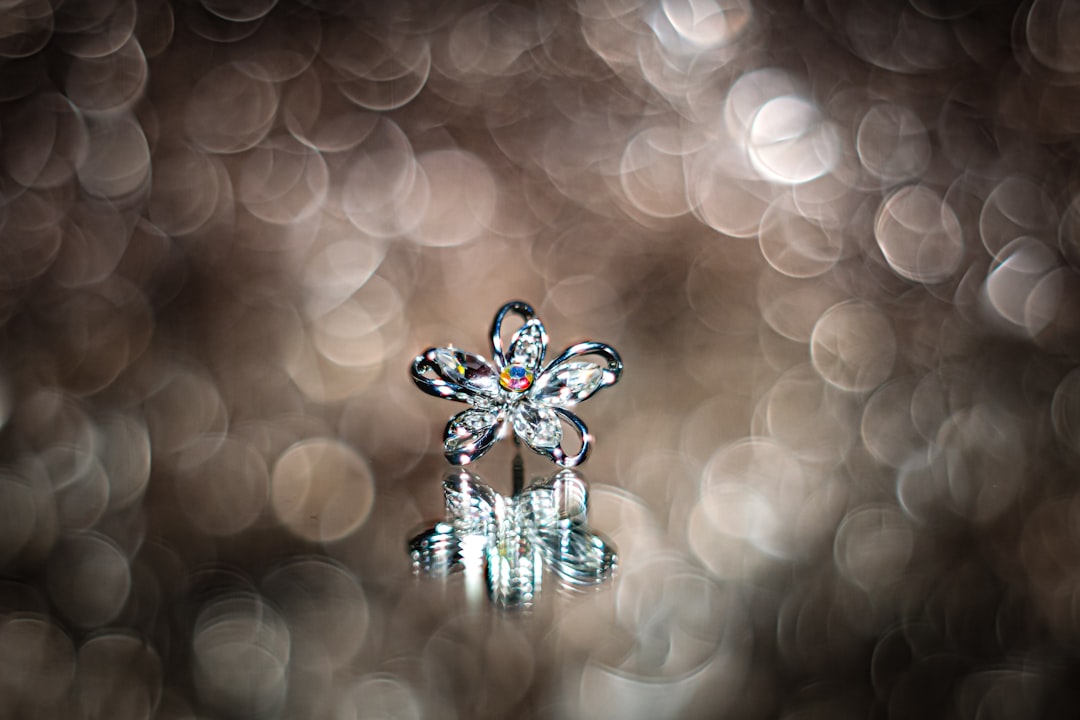Artificial Intelligence (AI) has transformed the creative landscape in ways previously unimaginable. Among the most revolutionary tools powered by AI are image generators that visualize stunning scenes based solely on user input through prompts. One of the most intriguing and fantastical prompts explored in this space is generating an image of a diamond-bodied lion walking. This concept merges elements of fantasy, natural majesty, and crystalline beauty into a single, visually arresting creation. But how is such a prompt crafted effectively, and what makes it work so well? Let’s take a deep dive into the creative process, technology, and artistry behind these shimmering big cats brought to life by artificial intelligence.
What Is an AI Image Creator?
At its core, an AI image creator is a tool that leverages machine learning models—typically generative adversarial networks (GANs) or diffusion models—to generate images based on descriptive text. These prompts can range from everyday scenes like “a cup of coffee on a wooden table” to elaborate and imaginative depictions like “a lion with a body made of diamonds walking through a foggy forest.”
Popular platforms for AI image generation include:
- DALL·E by OpenAI
- Midjourney
- Stable Diffusion
- Bing Image Creator
Each of these platforms interprets user inputs differently, but the basic underlying process is similar: you give the AI details, and it tries to replicate the scene visually, often with stunning accuracy and creativity.
Understanding the Prompt: “Diamond Body Lion Walking”
The prompt “diamond body lion walking” is compelling because it merges three distinct elements:
- Diamond Body – This is not realistically possible in nature, making it the epitome of fantasy art. The AI has to interpret what a lion made of diamonds could look like—considering facets, transparency, sparkle, and refraction mechanics.
- Lion – A universally recognized symbol of power, grace, and royalty. The AI must retain realism in anatomy and proportions while creatively adapting the diamond concept.
- Walking – Adding motion gives the image a dynamic quality. The AI will position limbs, tilt the body, and model shadows accordingly to convey motion.
These components challenge the AI to blend reality with surrealism, producing something that feels both believable and magical.

Crafting the Perfect Prompt
Generating a high-quality image of a diamond-bodied lion walking isn’t as simple as stringing those words together. To maximize output quality, you should use a detailed, descriptive prompt by incorporating artistic styles, lighting, background, and emotion. Here’s an example of a well-crafted prompt:
“A majestic lion with a body made entirely of reflective diamonds walking slowly through a mist-filled enchanted forest at sunrise, glowing with refracted light rays, ultra-detailed, 8K resolution, cinematic lighting, fantasy art style.”
This prompt includes several key components:
- Subject Detail: Specifies the lion and what makes it unique—its diamond body.
- Environment: The mist-filled enchanted forest provides mystical ambiance.
- Lighting: Sunrise and refracted light create sparkle, enhancing the diamond look.
- Resolution & Style: 8K resolution and cinematic lighting aim for photorealism, while mentioning fantasy art sets the stylistic tone.
Prompt engineering, or the art of crafting specific and evocative inputs, has become a discipline of its own. The more you refine your prompt, the more control you gain over the AI’s output.
How AI Interprets Style and Texture
Creating a diamond texture involves unique challenges. Diamonds are transparent, highly reflective, and contain many facets. The AI must simulate:
- Transparency – Showing background or internal facets behind one another.
- Reflections – Mimicking how diamonds reflect their environment.
- Light Dispersion – Creating tiny rainbow flares and sparkles from crystal edges.
To further enhance detailing, AI models rely on extensive visual databases and artistic training. When a user includes modifiers like “ultra-detailed” or “hyper-realistic”, the AI invokes reference imagery and rendering techniques to simulate high-fidelity textures.

Why the Concept Resonates
There’s a deep psychological appeal to a diamond-bodied lion. Lions are already a symbol of strength, dignity, and dominance. When imagined with a surface of glimmering gemstones, the narrative becomes mythological. Here’s why people find it captivating:
- Symbolism: Diamonds represent eternal beauty. A lion clad in diamonds signifies indestructible majesty.
- Fantasy Element: This creation feels like something from a dream, or a legendary creature from forgotten tales.
- Artistic Challenge: Achieving the subtle complexities of gemstone textures is a triumph for AI art models.
Fans of fantasy worlds like those seen in Tolkien’s lore or epic video games such as Final Fantasy or The Elder Scrolls are especially drawn to such dreamlike depictions.
Real-World Applications
The ability to generate a diamond-bodied lion is more than a novelty—it has practical applications in multiple industries:
1. Entertainment and Media
Gaming studios and movie production houses are increasingly using AI to concept art rapidly. A diamond lion could be a creature design prototype for a fantasy film or game.
2. Marketing and Branding
Luxury brands might use fantastical, opulent animals in their promotional artwork. A walking diamond lion is a perfect metaphor for strength and high value.
3. Education and Visualization
This AI output serves as a unique educational tool, helping art students understand anatomy, light interaction with textures, and creative narrative building.
Optimizing Results with Iteration
It’s important to understand that a single prompt may not yield the perfect result. Here is a simplified workflow to achieve the most desirable image:
- Start Broad: Use your main keywords to generate a baseline—e.g., “diamond lion walking.”
- Refine Prompt: Add details like lighting, mood, background, and texture descriptors.
- Choose Style: Decide whether you want surrealism, realism, 3D rendering, or anime influence.
- Use Variants: Generate multiple variations to explore different interpretations.
- Fine-tune: Based on what you like or dislike, further hone your prompts to guide the AI more precisely.
Iteration often leads to discovery. Sometimes, an unexpected render may present a breathtaking concept you hadn’t even considered.
The Future of AI-Assisted Visual Imagination
The diamond-bodied lion is just the tip of the iceberg. As AI models become more advanced, our ability to produce increasingly complex, layered, and emotionally resonant art grows. Future innovations may allow:
- Real-time image generation during storytelling or gaming
- Fully animated versions of AI-generated creatures
- Voice-to-image conversion where spoken words craft visual art
Creative professionals and hobbyists alike are entering a new golden age where their imagination is the only limit to what’s possible. From dragons with obsidian wings to forests made of stardust, the worlds we can build through intelligent image generation are boundless.
Conclusion
Prompting an AI to generate something as specific and ornate as a diamond-bodied lion walking represents the fusion of fantasy, technology, and artistry. It shows the incredible strides we’ve made in visualizing the unseen and materializing the imagined. Whether you’re an artist, a storyteller, or simply an admirer of digitally rendered beauty, entering the world of AI image creation is like stepping into a realm where thought becomes texture, and dreams become pixels.
